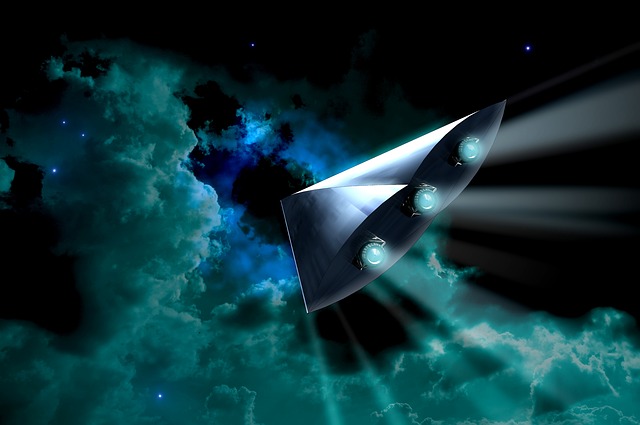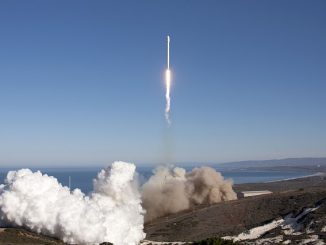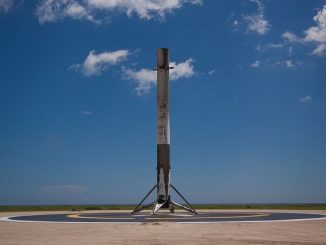
If a silicon chip was used as a spacecraft, it can theoretically travel at one-fifth the speed of light. At that rate, the chip will reach our closest neighboring stars in 20 years instead of 40.
But while travel time may be cut in half, it’s still going to be a long trip through the harsh and unpredictable vastness of space. Aside from extreme changes in temperature, the silicon chip also has to bear enormous amounts of radiation which is bound to eventually cause device deterioration and degraded performance.
According to Yang-Kyu Choi, the team leader of KAIST, the most critical damage has to do with the current that leaks as the transistor is turned off, and the change in the voltage needed to turn the transistor back on.
To minimize chip damage, the feasible solution is either to choose the path with the least exposure to radiation, or fortify the chip’s protection through better shielding. If the first solution is chosen, it will mean extended travel time and shorter exploration period. Plus, it does not necessarily mean that degradation will not happen during the trip. If the second option is chosen, the chip will become too heavy that it will just defeat the very purpose of sending in a smaller and ideally a lighter space craft. In other words, because it will become heavier, it will travel slower.
Now there’s a third solution: a self-healing silicon chip. For this option, the spacecraft will travel the shortest route and absorb all the radiation it is exposed to. But instead of getting irreversible damage, it will have an extra layer of coating that will facilitate device repair through heating. Hopefully, this can be made possible through KAIST’s nanowire transistor.
Called ‘gate-all-around’, the transistor will use nanoscale wires as channels. These wires will be completely enclosed by a ‘gate‘ — the electrode controlling the flow of current. The ‘gate’ will have an extra contact that will allow current to pass through it. With this current, the gate will get heated, the channel it surrounds will get heated as well, and this will repair whatever damage the radiation has caused.
The technology was presented a few days ago in San Francisco at the International Electron Devices Meeting. It’s part of an initiative to produce tiny spacecraft that can travel into the cosmos at superfast speeds and reach nearby star systems within a shorter period of time.
According to KAIST, space travel is the perfect application for the nanowire transistor because of its small size, its supposed immunity to cosmic radiation, and its relatively low manufacturing cost.
While the technology might still be a long way from becoming real and tangible, we’re optimistic that it will be given the time, effort and funds needed to ensure it will not remain at its experimental stage. With Stephen Hawking and many other personalities warning us about impending world threats and how we should look outside our planet for answers, we owe it to ourselves to do what we can, while we still can, to ensure the survival of our race.
- Bulenox: Get 45% to 91% OFF ... Use Discount Code: UNO
- Risk Our Money Not Yours | Get 50% to 90% OFF ... Use Discount Code: MMBVBKSM
Disclaimer: This page contains affiliate links. If you choose to make a purchase after clicking a link, we may receive a commission at no additional cost to you. Thank you for your support!




Rather than survival of the human race it’s more about preserving and expanding human knowledge, culture and other achievements. Shortly I think the human race will be superseded by a combined human plus silicon form of life.